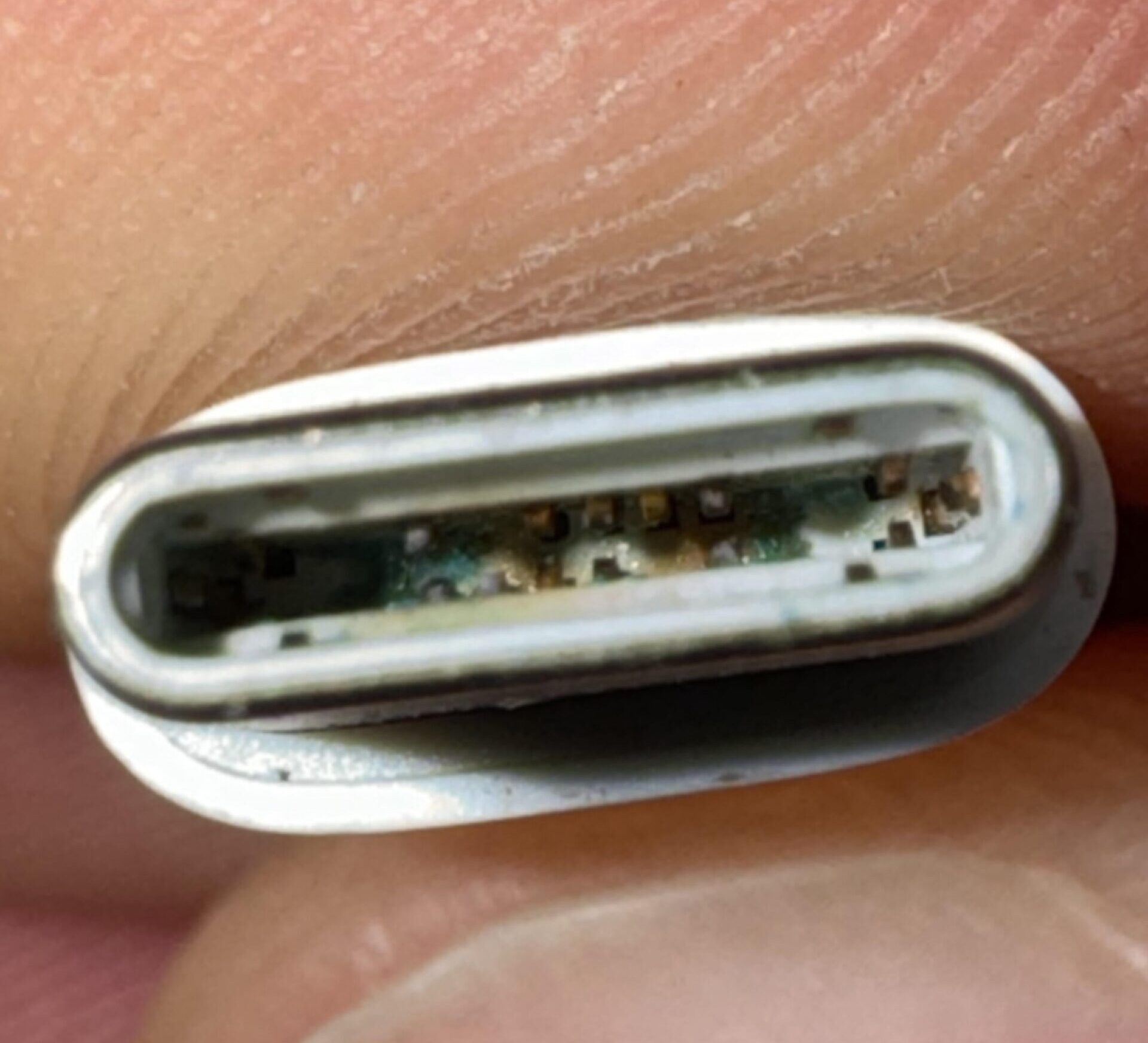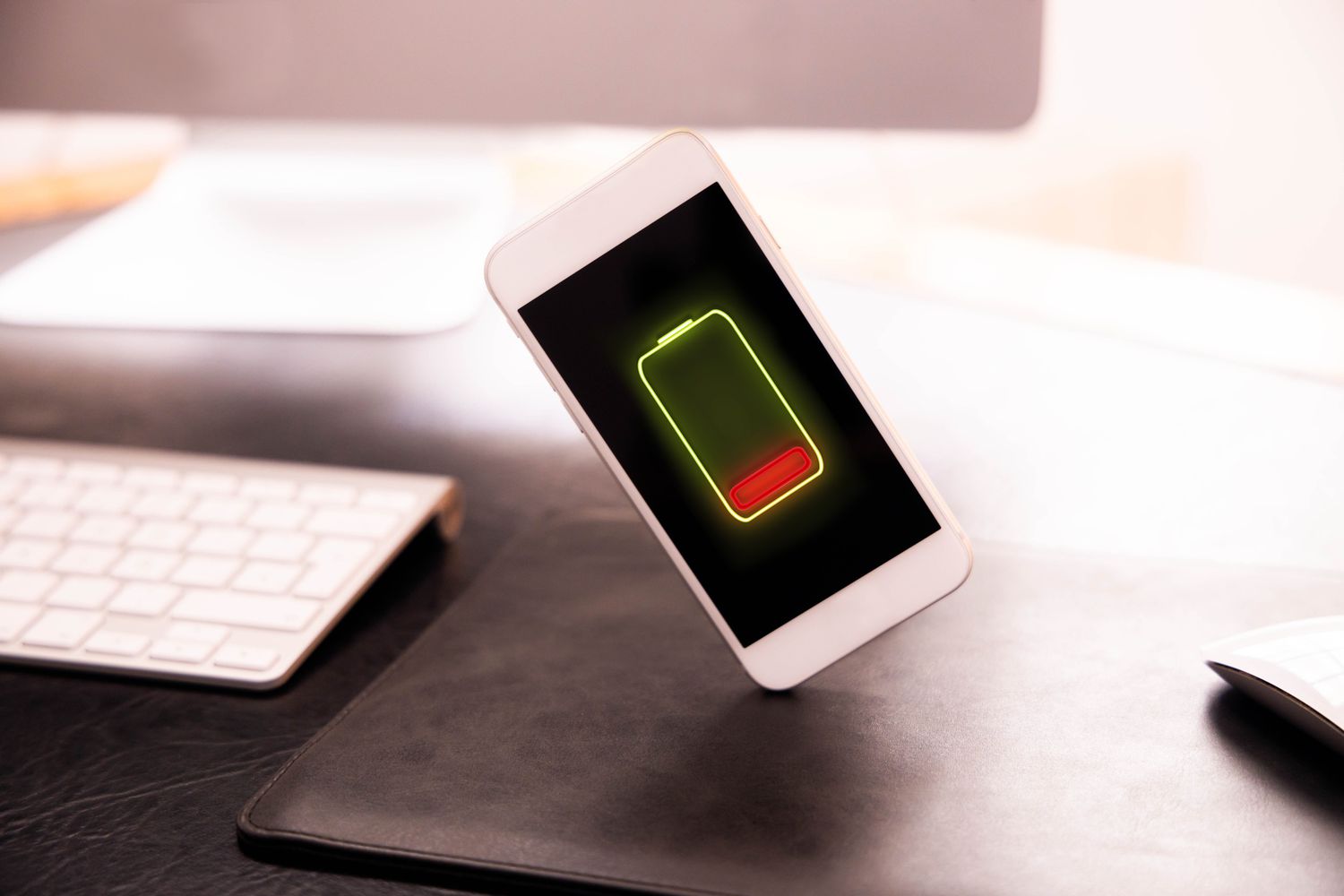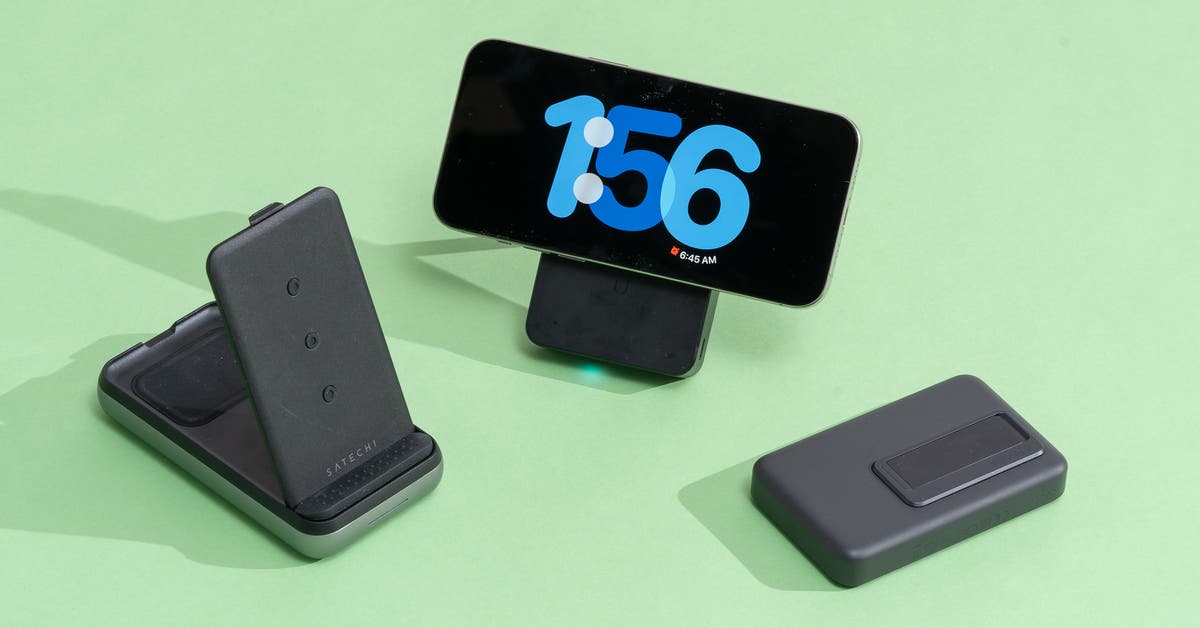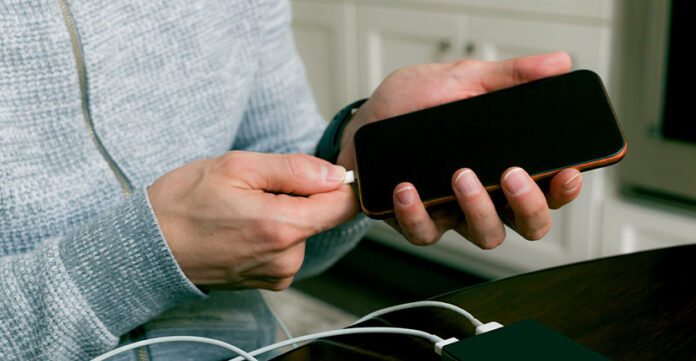When your phone refuses to charge, it can create immediate frustration. However, identifying the root cause of charging problems can save time and money.
Charging port issues are one of the most common culprits when a device won’t charge or charges slowly. To tackle this problem, it’s important to know the signs, causes, and possible solutions.
Key Points:
- Check for debris or dust in the port.
- Use a different cable and charger.
- Inspect for physical damage.
- Try software troubleshooting.
- Consider professional repair.
1. Inspect for Debris and Dust

One of the most common reasons for charging port problems comes from debris or dust that blocks the connection. A phone’s charging port can accumulate dust, lint, or other particles over time, preventing a proper connection.
To check for debris, use a flashlight and carefully inspect the port. If you notice dust or dirt, a small toothpick or a soft brush can help remove it gently. Make sure not to use sharp objects or excessive force, as that could cause damage to the port.
It’s also a good idea to use a protective case for your phone, as it can minimize the accumulation of dust. If you’re in Serbia and looking for protective options, check out the selection of cases (maskice i futrole za mobilni) available online.
2. Try a Different Cable and Charger
Faulty cables and chargers are another common source of charging issues. Before assuming the problem lies with the port, test your device with a different cable and wall charger. Cables can wear out over time, especially if frequently bent, causing a weak connection. Always use high-quality, certified cables to avoid further problems.
If a new cable works, then the issue lies with your original charging accessories. However, if the problem persists, you can move on to other diagnostic steps.
3. Inspect for Physical Damage

Wear and tear can lead to physical damage in the port itself. Look for signs of wear, including bent pins or corrosion. Damaged ports often result from plugging the cable in with too much force or from using cables that don’t fit correctly.
In some cases, a physical inspection might reveal internal damage that requires professional repair. If you notice any issues with the port, such as it being loose or unresponsive, consult a technician for repair options.
4. Restart or Update the Device
Sometimes, the issue isn’t hardware-related but stems from software bugs or outdated software. A simple restart can often fix minor charging problems, as it resets the internal systems and clears any temporary glitches.
Additionally, check for available software updates. Software updates can resolve bugs or incompatibility issues that prevent your phone from charging properly. Updating the phone’s operating system can help it communicate correctly with the charger and fix related issues.
5. Check for Water Damage
Water exposure is a frequent cause of port failure. If your phone has been exposed to moisture, the port may have short-circuited. Most modern phones come with water-resistant ratings, but that doesn’t mean they are completely waterproof. Even small amounts of water or humidity can corrode the port.
You can inspect the port for signs of corrosion or moisture. If water damage is suspected, avoid using the charger until the port dries. Placing the device in a dry, warm area or using silica gel packets can help.
6. Reset the Phone’s Battery Calibration

Sometimes, the issue might be with your battery calibration. If the phone isn’t charging to its full capacity or the battery percentage is inconsistent, resetting the battery calibration can help.
To do this, let the battery fully drain until the phone shuts off, then charge it back to 100% without interruption. This recalibrates the battery readings.
If battery calibration doesn’t improve charging, the issue might still reside in the port or elsewhere.
7. Software Conflicts and Apps
Certain apps can interfere with charging. Power-intensive applications running in the background may prevent your phone from charging at its usual speed. It’s a good idea to close all unnecessary apps and test whether charging improves.
You can also try booting your phone into safe mode, which disables third-party apps. If your phone charges fine in safe mode, then a rogue app could be the problem. Identifying and removing the problematic app may solve the issue.
8. Try Wireless Charging (If Applicable)

If your phone supports wireless charging, testing it with a wireless charger can help confirm whether the port is malfunctioning. If the phone charges fine wirelessly but not via the cable, then the issue lies with the port.
In case your phone doesn’t support wireless charging, then you may need to rely on the steps above or consider professional diagnostics.
9. Seek Professional Repair if Needed
If none of the previous methods solve the issue, the problem could be more complex. Internal damage to the port might require professional repair. Certified technicians can diagnose and fix any problems with the port or other charging components.
Opting for professional repair prevents further damage and ensures your device remains functional.
FAQ Section:
1. How do I clean the charging port without damaging it?
Use a toothpick or a soft brush to gently remove debris. Avoid using sharp objects or compressed air directly, as they can damage the internal components.
2. Can a software issue cause charging problems?
Yes, software bugs or outdated versions can prevent your phone from charging properly. A system update or restart may resolve the issue.
3. What should I do if I notice physical damage to the port?
If you notice bent pins, corrosion, or any physical damage, consult a professional repair service. Attempting to fix it yourself could lead to further damage.
4. Does water damage always mean I need to replace the port?
Not always. Minor moisture exposure may dry out without long-term damage. However, significant water damage may require professional repair.
5. Can using a third-party charger damage my port?
Low-quality third-party chargers can cause damage to your port or battery. Always use certified chargers to avoid potential issues.
Conclusion
Charging port issues are frustrating, but they can often be resolved with some basic troubleshooting. Checking for debris, testing different cables, and inspecting for physical damage are some of the first steps.
In some cases, software updates or battery calibration may also be required. For more complex issues, professional repair can get your phone working again.
By following these steps, you’ll be able to diagnose and potentially resolve many common charging port problems, saving both time and money in the process.




